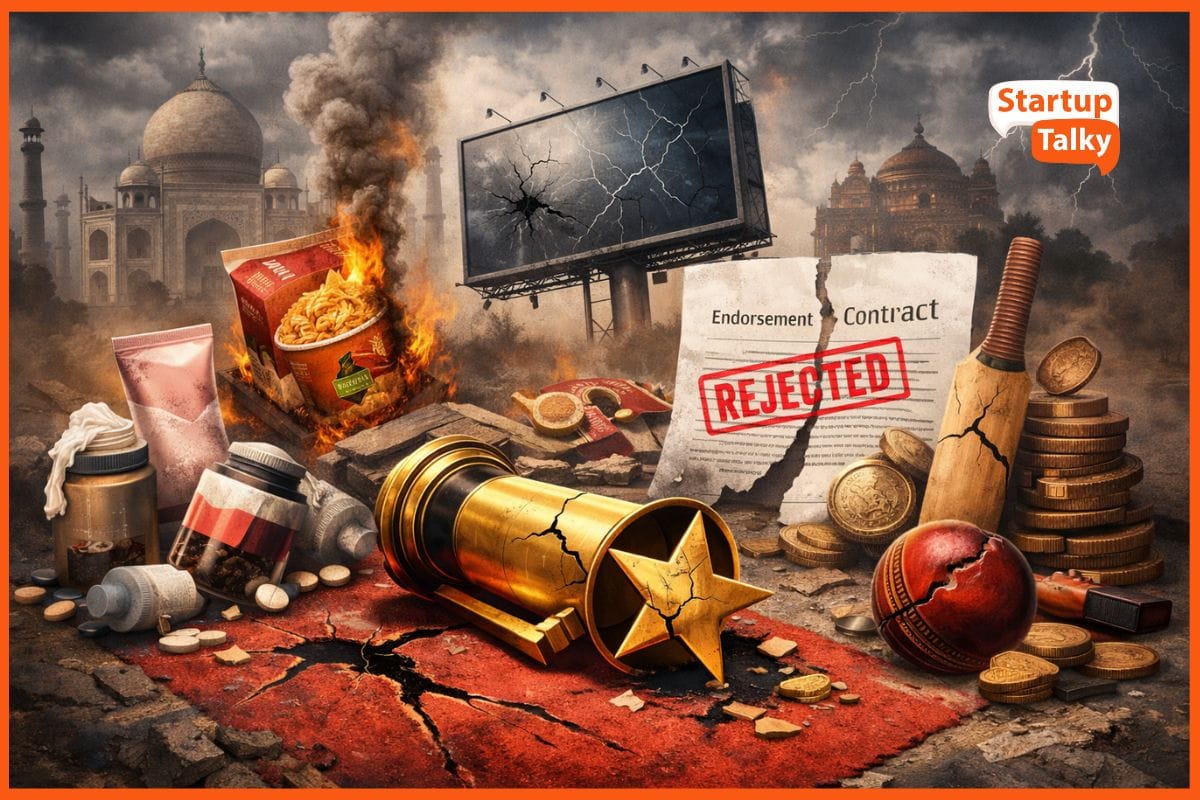P&G and Unilever: The FMCG Royalty
🔍Insights
Both are multinational consumer goods companies. Both operate in the FMCG (Fast Moving Consumer Goods) industry. Both companies have a strong legacy and a long history and enjoy a great reputation in the market. Both their product repertoire includes household and personal care items, food and beverage products, and beauty and personal care products. Both are publicly traded companies. One is American, while the other is British. These companies are Procter & Gamble Company and Unilever.
A comparison between these two giants is inevitable. However, it is imperative to understand the origins and the growth trajectory of both these companies.
Origin and Growth
A Comparison of the Titans
Origin and Growth
Procter & Gamble
Candlemaker William Procter and soapmaker James Gamble founded this company in the year 1837 which is headquartered in Cincinnati, Ohio. Within a couple of decades, Procter and Gamble's sales reached USD 1 million. The company gained immensely during the American Civil War as it won contracts to supply the Union Army with soaps and candles. This also helped in increasing awareness for the company and its products as military contracts introduced P&G products to soldiers from all over the country.
By the year 1887, William Arnett Procter, William Procter’s grandson, who was leading the company, began a profit-sharing program for the company’s workforce which proved to be immensely successful and contributed to its growth and expansion. Its product demands grew exponentially resulting in P&G beginning to build factories in other locations within the US. During this time, it also diversified its products and in the year 1911, began producing Crisco, a shortening made of vegetable oils rather than animal fat.
By the year 1930, P&G expanded its footprint internationally by acquiring the England-based firm Thomas Hedley Co. From here on, there was no stopping their growth and expansion. P&G, over the years and through various acquisitions as well as product growth and new product introductions further penetrated international markets. By the year 2014, the company had more than 160 products on its brochure when it announced a restructuring. It dropped around 100 products from its repertoire citing sluggish sales and concentrated on the remaining 65 products which were bringing in almost 95% of the company’s profits. By the year 2018, it simplified its corporate structure with six business units.

Unilever
It was in London; England and the year was 1929 when Unilever was formed as a result of a merger of Dutch Margarine Unie and British soap maker Lever Brothers. Over the next decade, the business grew and expanded into Africa and Latin America. Due to the Nazi occupation of Europe during the second world war, Unilever, unable to reinvest in Europe, expanded its presence in the United Kingdom and the US. Over the next few years, Unilever expanded its product portfolio through its efforts and various mergers and acquisitions. By the mid-1960s, Unilever products laundry soaps, and edible fats contributed to almost half of the company’s profits. However, markets for yellow fats were stagnating and the company was facing increasing competition from Procter & Gamble. In response, Unilever diversified its product portfolio and acquired British-based Lipton Ltd., from Allied Suppliers in the year 1971. By the end of that decade, Unilever had gained 30% of the Western European ice cream market through various acquisitions. This became the turning point for the company as by the year 1982, it repositioned itself as a company more concentrated on fast-moving consumer goods.

Over the years, Unilever strengthened its product portfolio, merged with and acquired many other brands and companies, and expanded its global footprint by establishing business operations across many countries. Currently, Unilever’s global brand portfolio boasts 400 different brands.

A Comparison of the Titans
Despite a difference of more than 90 years between these two FMCG titans, traditionally both have battled for supremacy in several household goods and personal care products ranging from laundry detergents to shampoo. However, the key difference between these two companies is their geographical focus. P&G, originally from the US, has a highly concentrated presence in the developed markets, more specifically in North America and Europe. Unilever, on the other hand, has a diverse global presence with high-volume sales originating from Asia, Africa, and Latin America. Even so, there are a few parameters on which these companies can be compared.
Financials
Procter & Gamble, on average, houses stronger brands and has a more efficient business operation. These have resulted in the company having a better operating margin. The company also delivers higher returns on capital employed. Unilever, on the other hand, even though it has a global footprint has witnessed a deterioration in its return on capital employed.
Growth & Expansion
By December 2022, P&G had posted an annual revenue of USD 80 billion and Unilever had posted an annual revenue of USD 62 billion. However, the last decade has not seen any significant revenue growth in both companies. The main reason being cited for this is that both companies have been selling some of their low-performing brands, streamlining and restructuring business operations.

Sustainability & Social Responsibility
Both companies are vastly different in addressing this issue. While Unilever enjoys a strong reputation for its efforts in reducing environmental impact while simultaneously striving to improve the lives of the communities in which it operates, P&G is less focused on sustainability in comparison.

Valuation
The price-to-earnings ratio shows P&G with a higher value than Unilever. However, Unilever's valuation is a lot less demanding. This also results in Unilever shares yielding a higher dividend. However, P&G has consistently delivered increasing dividends for the last 66 years. So, investors looking for dividend growth might prefer P&G shares while investors looking for a higher starting yield might prefer Unilever.
Competition
As big as both these companies are in terms of business operations and as famous as their various brands are, significant competition exists for them from supermarket private label brands and startups aiming to conquer specific niches. Also, both these giants are also facing increasing threats with innovative startups targeting a specific operating niche like products in the natural and eco-friendly space.
Conclusion
It is extremely difficult to choose one company over the other, especially with these two FMCG giants. In recent times, P&G has already successfully implemented its restructuring while Unilever is yet in its early phases of business transformation. Both of them are facing a similar scenario when it comes to competition so it will be interesting to see how they both fare in the future.
FAQs
When was Procter & Gamble founded?
Candlemaker William Procter and soapmaker James Gamble founded P&G in the year 1837.
When was Unilever formed?
Unilever was formed as a result of a merger of Dutch Margarine Unie and British soap maker Lever Brothers in 1929.
Must have tools for startups - Recommended by StartupTalky
- Convert Visitors into Leads- SeizeLead
- Website Builder SquareSpace
- Manage your business Smoothly Google Business Suite







